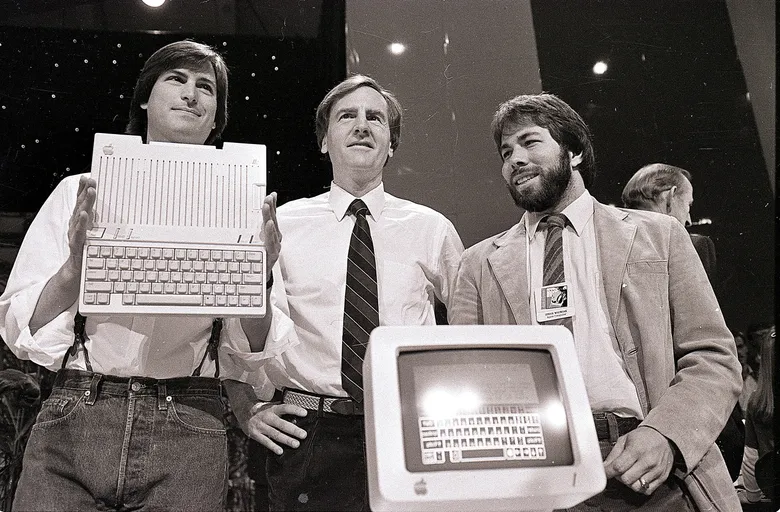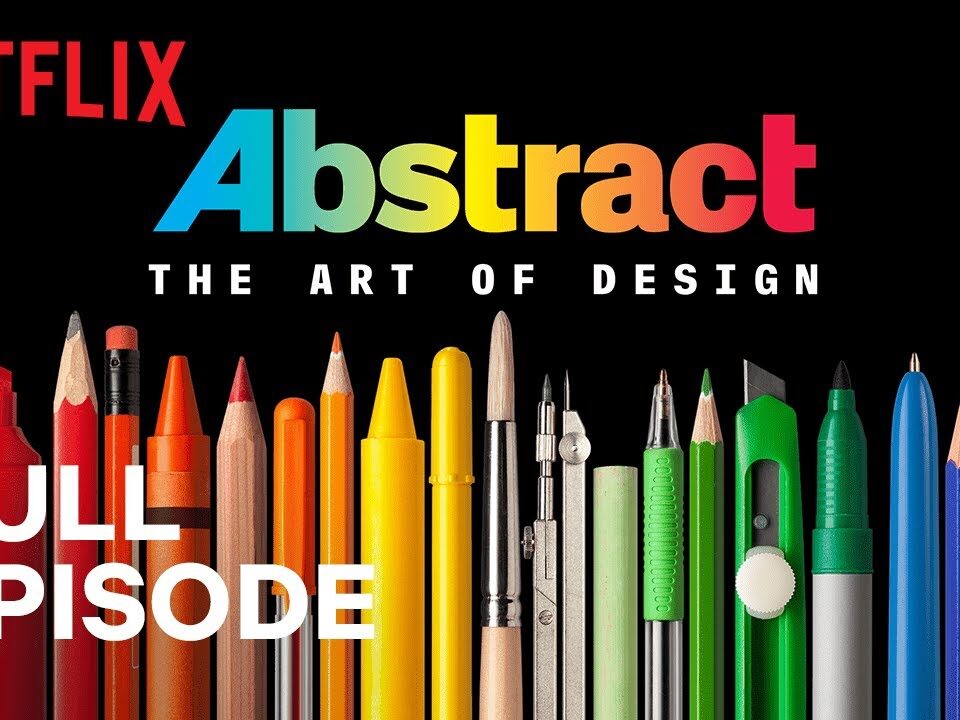
The emergence of Web3 technology has opened up exciting possibilities for the world of finance. The integration of blockchain, decentralized finance (DeFi), and smart contracts has paved the way for a new era of financial products and services. In this article, we will explore the design principles and considerations that underpin the development of Web3 financial products, focusing on the intersection of innovation and user experience.
Embracing Trustless Systems
At the core of Web3 financial products is the concept of trustlessness, where intermediaries are eliminated, and transactions are executed through smart contracts. Designers must carefully consider user interactions within this trustless environment, ensuring that the user experience remains seamless and intuitive. Emphasizing transparency, security, and ease of use is paramount in building trust and adoption.
Simplifying Complexities
The world of decentralized finance can be complex, with various protocols, tokens, and interoperability challenges. Effective product design should simplify these complexities, presenting users with intuitive interfaces that shield them from technical intricacies. Clear visualizations, user-friendly onboarding processes, and contextual explanations can help users navigate this novel ecosystem with confidence.
User Empowerment
Web3 financial products empower users with greater control over their assets and financial activities. Designers should focus on providing users with the tools and information they need to make informed decisions. Customization options, data visualizations, and educational resources can play a crucial role in empowering users to manage their financial portfolios effectively.
Gamification and Incentives
Gamification has proven to be a powerful tool in engaging users and driving adoption. By incorporating game-like elements, such as achievements, leaderboards, and rewards, designers can create a more immersive and enjoyable user experience. Additionally, financial incentives, such as yield farming or staking rewards, can motivate users to actively participate in the ecosystem.
Seamless Integration with Existing Systems
Web3 financial products should not exist in isolation but rather seamlessly integrate with the broader digital landscape. Integrating with existing financial systems, payment gateways, and identity verification processes ensures a smooth transition for users and widens the reach of these innovative products. Cross-platform compatibility and interoperability are crucial considerations for designers.
Iterative Design and User Feedback
Given the rapid evolution of Web3 technologies, designers should adopt an iterative approach to product development. Regularly gathering user feedback and incorporating it into the design process helps identify pain points and improve user experience. Collaborating with the community and conducting user testing can ensure that products align with users’ needs and preferences.
Conclusion
Designing Web3 financial products presents a unique set of challenges and opportunities. By embracing trustless systems, simplifying complexities, empowering users, incorporating gamification, ensuring seamless integration, and embracing an iterative design process, designers can create compelling and user-friendly experiences. As Web3 technology continues to evolve, the design principles discussed in this article will play a pivotal role in driving the adoption and success of financial products in this exciting new paradigm.



